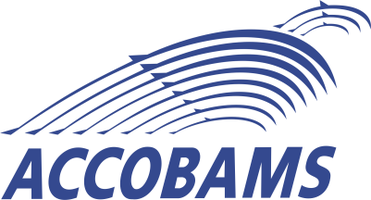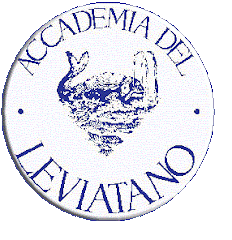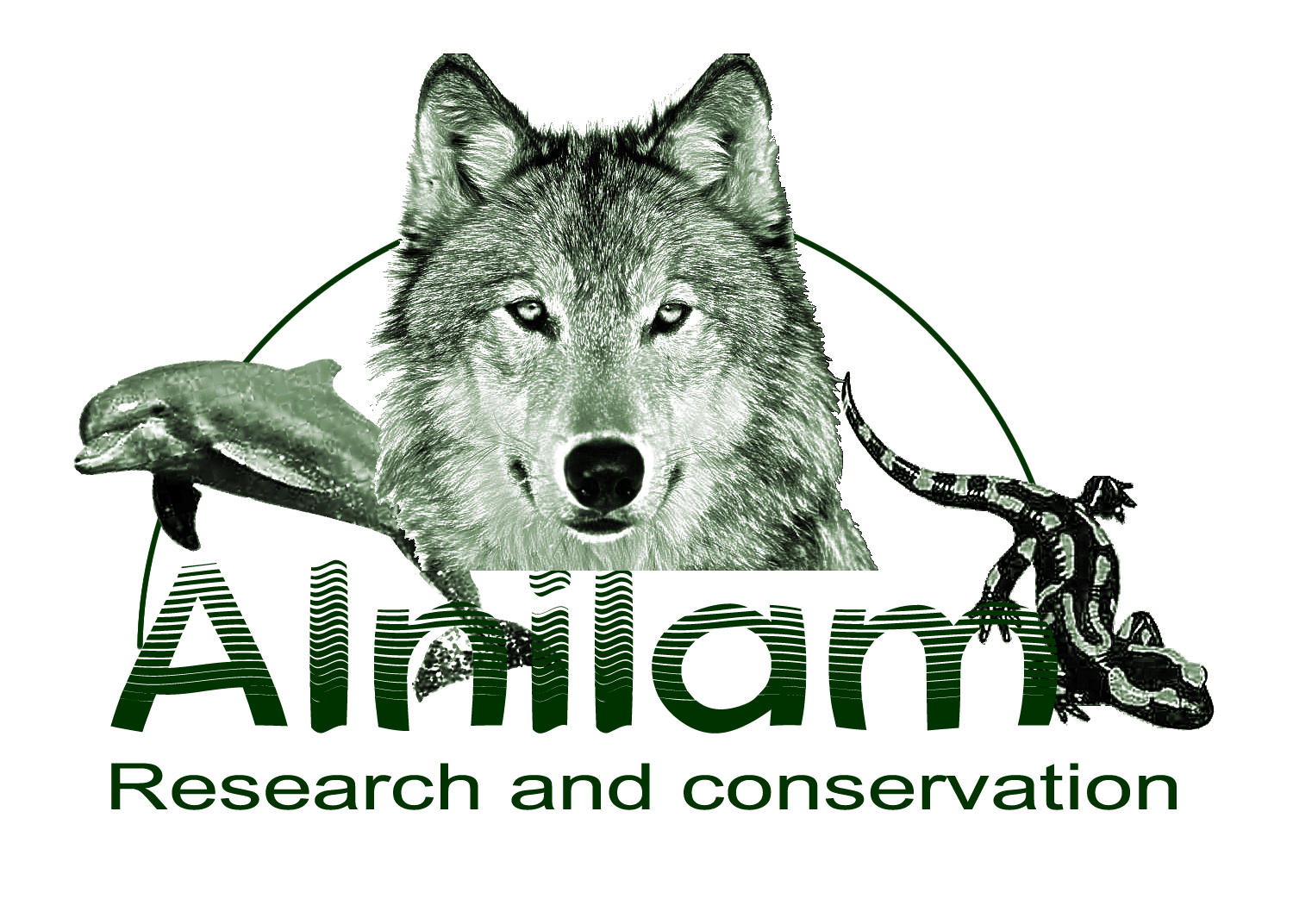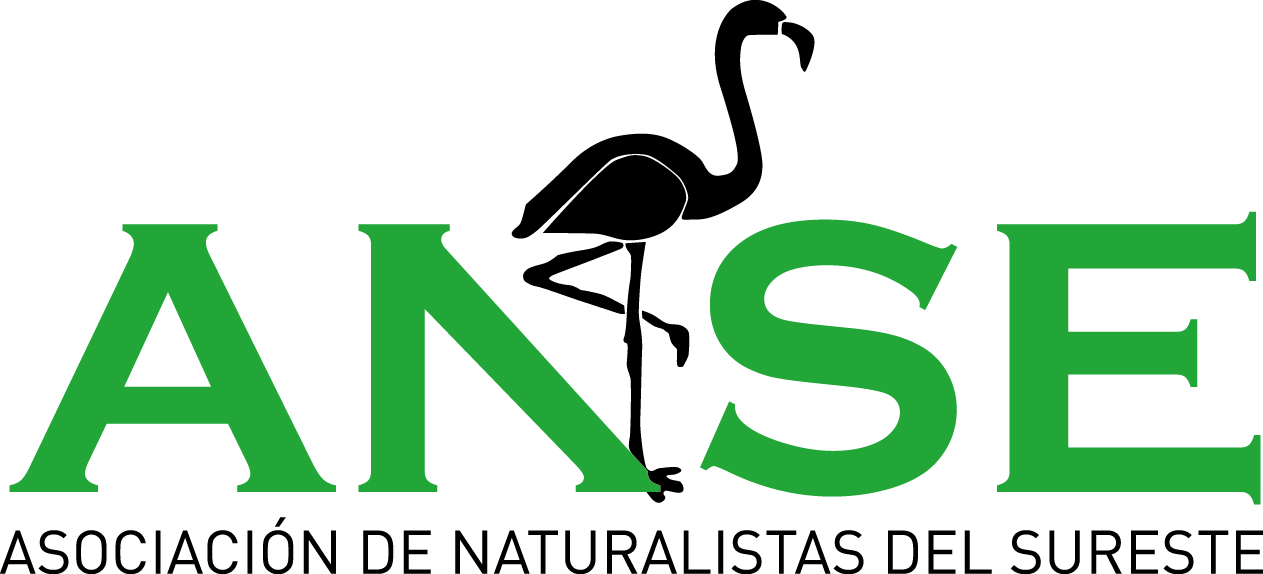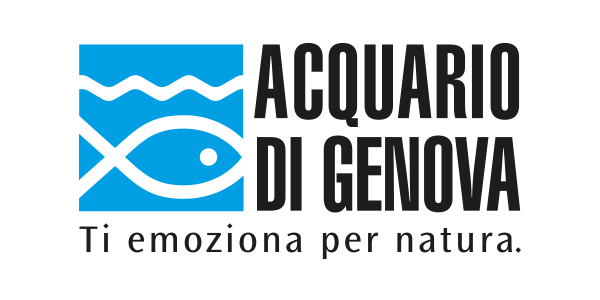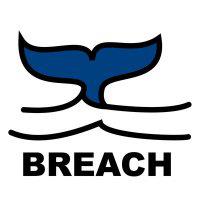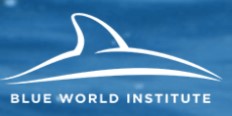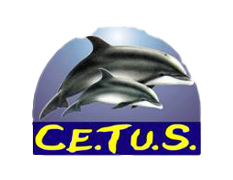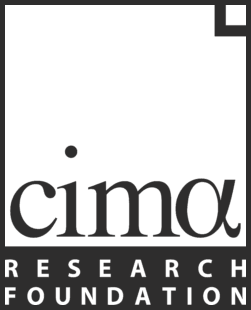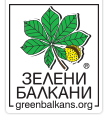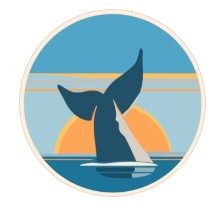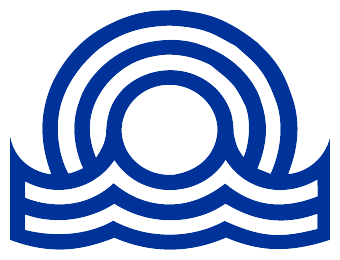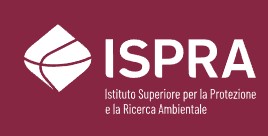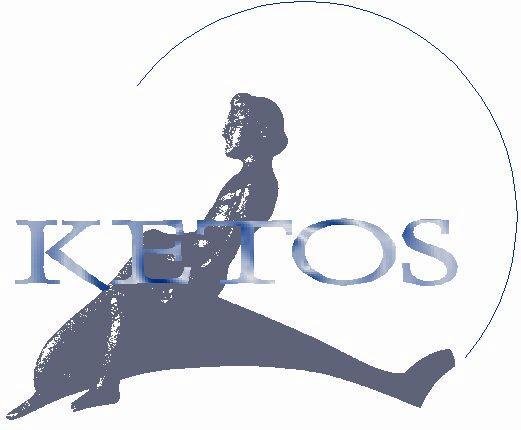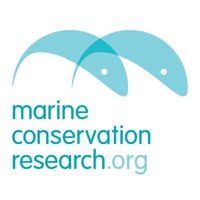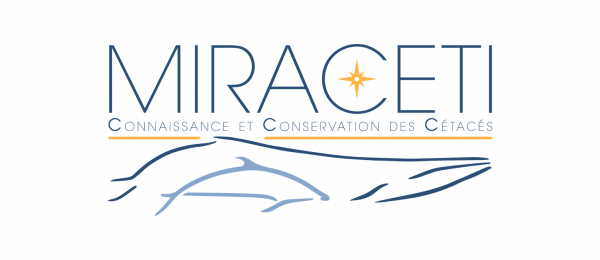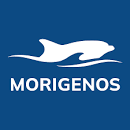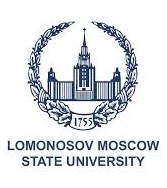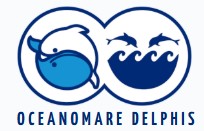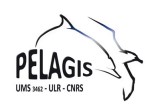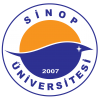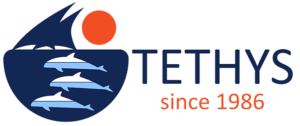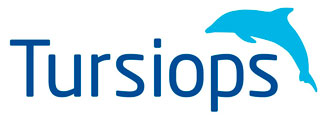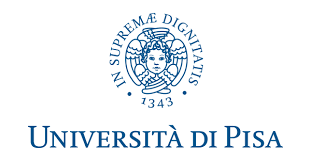Marine Species Density Models for the Mediterranean and Black Seas
Collaborators: ACCOBAMS, Accademia del Leviatano, Alnilam, AlnitakAlnilam, ANSE, Acquario di Genova, Archipelago, Association BREACH, Association Nereide, BDRI, Brema, BWI, Capo Carbonara Marine Protected Area, Caterina Fortuna, CE.TU.S, CIMA Research Foundations, CIRCE, CNRS, EcoOcean, Gaia Research Institute & University of Torino, Green Balkans, IAMC, ICCAT, Ibrahem Benamer, IMMRAC, IO-BAS, ISPRA, Ilia State University, Istanbul University, Ketos, MCR, MERIS, MIRACETI, MareNostrum, Morigenos, Moscow State University, NURC, Oceanomare, Pelagis, Pelagos, Sinop University, Stazione Zoologica di Napoli, SUBMON, TCR, TUDAV, Tethys, Tursiops, Università di Palermo, University of Barcelona, University of Pisa, University of Valencia, Zonguldak Bülent Ecevit University
Abstract
In 2018, preliminary habitat-based density estimates of cetaceans in the Mediterranean Sea were developed (Mannocci et al., 2018). Density estimates of cetaceans were produced for the entire Mediterranean Sea, along with maps of uncertainty and of the extent of interpolation versus extrapolation. Roberts et al., (2016, western North Atlantic), Mannocci et al., (2018a, Mediterranean) and Cañadas et al., (2017, Mediterranean; 2021 Northeast Atlantic) showed how broad inference can be made over large spatial and temporal scales when disparate datasets are fused together using a “density surface modeling” approach. Given that the Mediterranean Sea and the Black Sea are two distinct basins, and the marine mammal populations inhabiting them in principle do not mix (Natoli et al., 2005, 2008), they were modeled separately.
The study identified 1,643,048 km of tracklines conducted in the Mediterranean and 42,292 km in the Black Sea. These tracklines were collected in Beaufort sea state less than or equal to four, considered adequate for further analysis. Data were drawn from 1991–2022. These came from many teams under the auspices of 52 surveyor organizations with whom we established collaborations. Starting from collaborator-specific text files, spreadsheets, and databases, we transformed all survey data into a common format, and manually reviewed and cleaned each day of survey effort. The process produced three taxa models in the Black Sea, and 11 in the Mediterranean.
By fusing datasets collected across this geographic space, and therefore borrowing strength from each individual dataset, as a community we can have a better and more accurate understanding of where marine mammals are distributed and therefore most vulnerable to disturbance. The studies mentioned above are good examples of what a broad large-scale collaboration among many parties can achieve in this sense. This work was funded by the U.S. Navy to assist with assessing risk to protected marine species resulting from military readiness activities.
Citation
Cañadas, A., Roberts, J.J., Yack, T., and Halpin, P.N. 2024. Marine Species Density Models for the Mediterranean and Black Seas. Final Report. Document version 1.2 Report prepared for Naval Facilities Engineering Systems Command, Atlantic under Contract No. N62470-20-D-0016 Task Order 21F4096 issued to HDR, Inc., by the Duke University Marine Geospatial Ecology Lab, Durham, North Carolina.
Model resolution and units
All model outputs are given as GIS-compatible raster files in an Albers Equal Area projection with a spatial resolution of 5 x 5 kilometers.
Downloads
Reports
- Marine Species Density Models for the Mediterranean and Black Seas. Final Report v1.2
- Appendices to main report
To download all models in a single zip file, click here (63 MB). All documentation is included in that zip, as well as the data in the individual taxon zips below.
These files are © Marine Geospatial Ecology Lab and licensed under a Creative Commons Attribution 4.0 International License. If you use them in a scientific publication or technical report, we kindly request that you cite the documentation listed for the model you use.
| Modeled Taxon | Scientific Name | Version | Released | Links |
|---|---|---|---|---|
| Bottlenose dolphin | Tursiops truncatus | 2 | 2024-12-01 | Download, History |
| Common dolphin | Delphinus delphis | 2 | 2024-12-01 | Download, History |
| Cuvier's beaked whale | Ziphius cavirostris | 2 | 2024-12-01 | Download, History |
| Fin whale | Balaenoptera physalus | 2 | 2024-12-01 | Download, History |
| Harbor porpoise | Phocoena phocoena | 1 | 2024-12-01 | Download, History |
| Killer whale | Orcinus orca | 1 | 2024-12-01 | Download, History |
| Long-finned pilot whale | Globicephala melas | 2 | 2024-12-01 | Download, History |
| Mediterranean monk seal | Monachus monachus | 1 | 2024-12-01 | Download, History |
| Risso's dolphin | Grampus griseus | 2 | 2024-12-01 | Download, History |
| Sperm whale | Physeter macrocephalus | 2 | 2024-12-01 | Download, History |
| Striped dolphin | Stenella coeruleoalba | 2 | 2024-12-01 | Download, History |
Contact Us
If you have any questions about this model repository page or its files, please contact Ana Cañadas (ana.canadas@duke.edu), Jason Roberts (jason.roberts@duke.edu) or Pat Halpin (phalpin@duke.edu).
Acknowledgments
This project would not be possible without the contributions of many individuals and organizations. Above all, we acknowledge the work of those who collected, processed, and shared marine mammal and covariate data with us, and to those who funded the production of those data. In particular, we thank the observers, pilots, ship captains, and crew who collected the marine mammal observations that form the core of this analysis. The logos of these organizations appear at the top of this page and they are named within our project report. Thank you all for the opportunity to analyze the data you produced; we hope you find this project a satisfactory outcome of your efforts.
Funding for this project was provided by United States Fleet Forces Command and was managed on their behalf by Naval Facilities Engineering Systems Command Atlantic.
Conflict of Interest Statement
U.S. Fleet Forces Command, U.S. Navy was the principal funder of this modeling project. The Navy was given the opportunity to suggest spatial, temporal, and taxonomical resolutions and a geographic extent that would facilitate the Navy's use of the results in U.S. environmental regulatory processes. When the analysis was complete, the Navy was given opportunity to view preliminary results. The Navy did not participate in the analysis itself.


